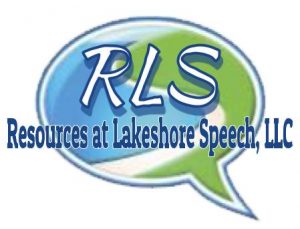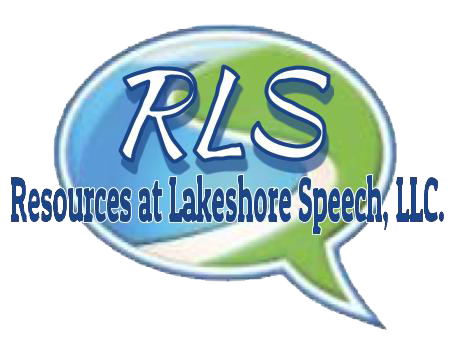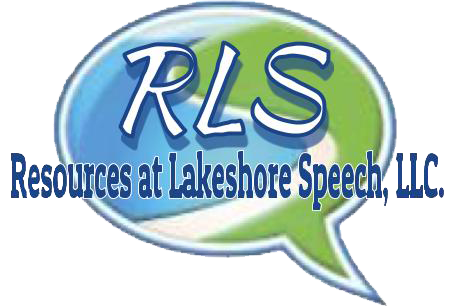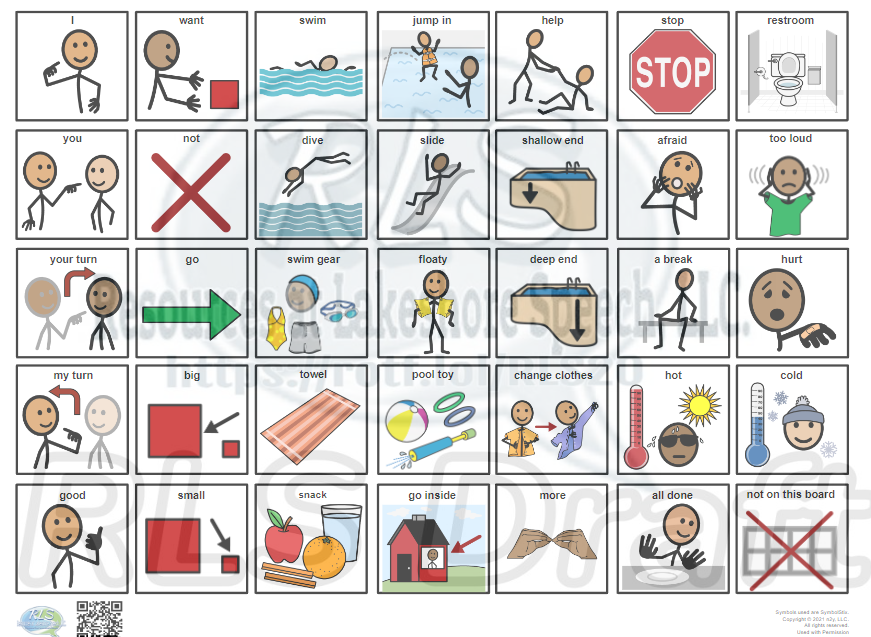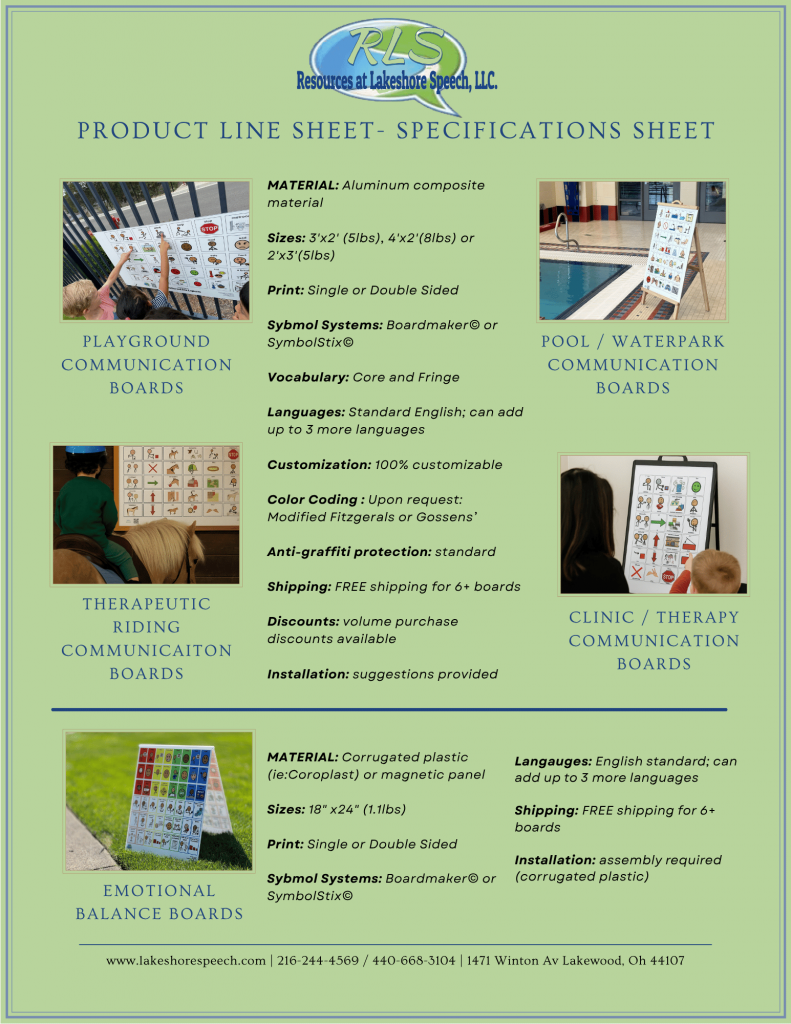Pool / Water park Communication Boards
Our pool and water park communication boards make a splash in safety, connection & inclusion. These communication boards will create waves of connections in your community.
Making Safety Instructions More Accessible
Water safety is critical and every swimmer needs to understand basic safety rules. However, spoken safety instructions may not always be clear to individuals with communication differences.
How a Communication Board Helps:
- Visual symbol can reinforce key safety rules like:
- “Stay near the wall”
- “Wait for the instructor”
- “No running”
Supporting Group Swim Lessons
Individuals with communication differences in group swim lessons may struggle to follow instructions or communicate with peers.
How a Communication Board Helps:
- Instructors can use a **large, laminated board** that all swimmers can see.
- Peers can also **point to the board**, helping individuals with communication differences understand what’s happening next.
- Group activities become more **inclusive and interactive** when all children have a shared way to communicate.
- Example: A group lesson includes a game where kids take turns jumping in the water. The instructor points to “Your turn” on the board so the individuals with communication differences knows when to jump.
Helping Swimmers Make Choices
Giving children choices helps them feel **more engaged and in control** of their learning experience.

How Communication Boards Improve Swim Lessons
Here are seven ways communication boards can enhance adaptive swim lessons for both instructors and individuals with communication differences: Providing Clear, Visual Instructions Swim instructors typically rely on verbal commands like “Kick your legs!” or “Float on your back!” But for an individual with communication differences, hearing and processing those directions may take longer—or they may not understand at all.
How a Communication Board Helps:
The instructor can point to an image (e.g., a picture of a swimmer kicking) while saying the command.
The child can look at the board and visually process what’s expected before attempting the skill.
This method supports all learners, including those who process information better visually. Example:*Before practicing floating, the instructor points to an image of a child floating and says, “Now it’s time to float on your back!” Encouraging Two-Way CommunicationIndividuals with communication differences may have thoughts, concerns, or requests, but without a way to express them, they can become frustrated or disengaged. How a Communication Board Helps:
Swimmers can point to a symbol to indicate if they are tired, cold, scared, or need help.
Instructors can ask simple questions like, “Do you want to swim more?” and the child can choose ‘Yes’ or ‘No’** from the board.
Example: A child feels tired but doesn’t know how to express it. They point to “Take a Break” on the board, letting the instructor know they need a short break.
Helping Swimmers Express Emotions
Swimming can be exciting, fun, but also intimidating. Some children may feel overwhelmed, anxious, or frustrated but struggle to express their emotions.
How a Communication Board Helps:
When a child is nervous about trying a new skill, they can point to “Scared” so the instructor knows to offer reassurance.
Example: A child points to “Nervous” before trying to put their face in the water. The instructor sees this and says, “It’s okay, we’ll go slow. Let’s just splash first.”
Designed for All Communicators
- Our communication boards support nonverbal, minimally verbal, and emerging communicators
- Enables individuals with speech or language difficulties to express needs, wants and feelings in a noisy or nonverbal environment.
Enhances Safety
- All of our communication boards feature core vocabulary words used across environments and activities
- Pool communication boards allow swimmers to communicate discomfort, pain, or emergency needs when verbal speech may not be possible or understood due to noise or water.
- Visuals help reinforce pool safety rules, waiting times, turn-taking, and behavior expectations.
Facilitates staff-guest interaction:
- Pool communication boards helps lifeguards, attendants and staff communicate effectively with individuals with communication differences.
- Provides an accessible way for all visitors—especially those with communication differences—to express themselves, promoting a more positive experience.
Encourages social engagement and Inclusivity
- Pools should be places of inclusion where everyone can enjoy social interaction. Pool communication boards promote inclusive play by giving children who use AAC an opportunity to engage with their peers.
- Provides the opportunity for increased participation in activites creating an inclusive community.
Standard Vocabulary and Layout of Pool/Water Park Communication Boards
- Resources at Lakeshore Speech, LLC playground communication boards are 100% customizable to meet the individual needs of you and your project.
- Standard vocabulary and layout for playground communication boards is pictured below.
- Click to enlarge the image for more comfortable viewing.
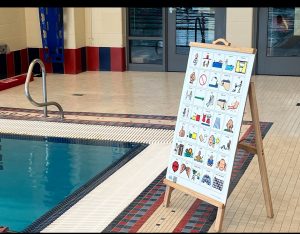
Aluminum Composite
- Available in 3 sizes : 2’x3′, 4’x3′ and 3’x2′
- 100% customizable
- Availalbe with Boardmaker or SymbolStix symbol systems.
- Color code system available: Modified Fitzgerald or Gossens’
